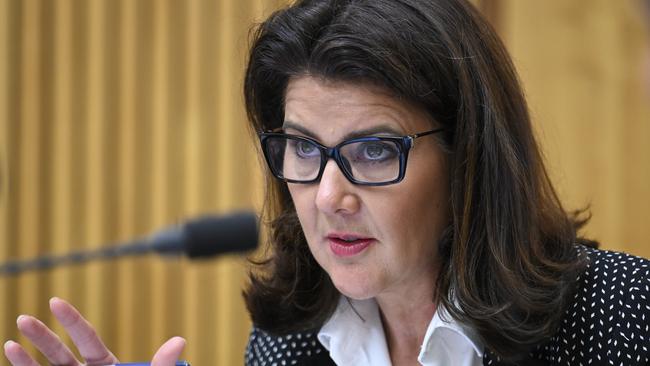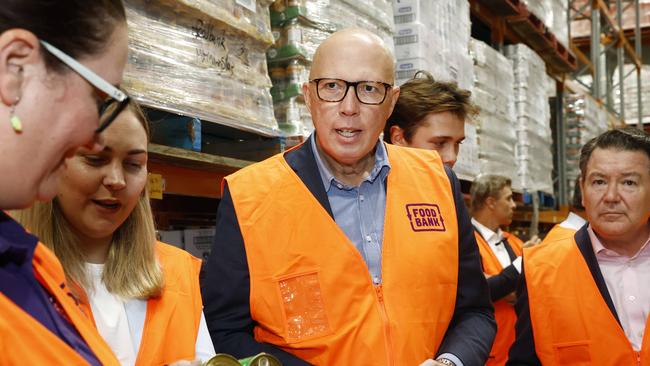
According to opposition finance spokeswoman Jane Hume, “this is commonsense policy that will instil a culture that focuses on the dignity of serving the public, a service that relies on the public to fund it, and a service that respects that funding by ensuring they are as productive as possible”.
The Coalition has now executed a complete policy U-turn, walking back from the requirement that public servants attend the office five days per week. Hume now claims “many professional men and women in the commonwealth public service are benefiting from flexible working arrangements, including working from home, which allow them to make valuable contributions to serving Australians.”
The ban on WFH didn’t last long for several reasons. First was its seeming political unpopularity. Coupled with the misleading impression given by the Coalition’s political opponents that a ban on WFH would apply across the workforce, the tide quickly turned on the issue. Finally, much was made of the impracticality of changing the WFH rules that apply to commonwealth public servants in the short term. The Labor government has entered into generous enterprise agreements covering federal public servants providing close to unlimited access to working from home for all public servants. Permitting WFH is the default option for managers; requests can only be denied for legitimate and verifiable reasons. These agreements don’t end until 2027.

What should be made of this clumsy Coalition policy fiasco? After all, there are plenty of people who don’t approve of unlimited WFH entitlements. Additionally, most workers have to attend work in person. Some may feel resentful of the flexibility offered to some workers but not others.
There is a common perception that at least some workers who work from home are either having a lend of the system or, at minimum, getting an easy ride relative to other workers.
These were sentiments that the Coalition could have tapped into.
It’s worth looking at the figures. Pre-Covid, working from home was rare – and this was notwithstanding technological advances that made WFH possible. In the 2016 Census, only 2 per cent of workers worked from home on the record date. The percentage is now close to one-third of workers working at least one day per week from home. Mondays and Fridays are the most WFH days.
When it comes to the public service, this proportion is closer to two-thirds. There are some government agencies in which the vast majority of workers never front up at the office at all.
What do the economic studies tell us about WFH? What are the benefits and what are the costs? What do the studies tell us about the conditions that can make WFH a success? What is the impact on productivity? The first thing to say is remote work is only suitable for certain jobs – clerical, administrative, professional and managerial. Another important consideration is the scope (and cost) of monitoring the performance of work when undertaken away from the office.
There are some jobs where this is relatively easy but it’s more difficult where the output of workers is variable and the standard is an important variable. Devising policy advice for governments sits uneasily with working from home because of the degree of teamwork that’s involved, as well as the quality. WFH works best for routine, unchanging tasks where output is cheap and easy to monitor. But where mentoring, teamwork and quality are important, there are some significant weaknesses. Promotion prospects of those working almost entirely from home may be significantly impacted.
There are many studies on the issue, most poor quality. One conclusion that stands out is the popularity of WFH among workers. Many have a deep appreciation for the WFH option, including avoiding daily commutes. Others value the flexibility of being able to plan the day better, even if it involves some “out of hours” work. Women workers in particular place a high valuation on WFH.
The gold standard studies have been undertaken by Nicholas Bloom and his colleagues at Stanford University. They have been able to conduct a number of randomised control trials involving large workplaces in China. (The fact these workplaces are in China may affect the results to the extent that the workers are generally more compliant than in other countries.)
In a recent study, they looked at workers undertaking hybrid work – some days at home, others in the office. They were compared with workers who worked only from the office. They found job satisfaction improved among the hybrid workers and quit rates were lower by one-third. “The reduction in quit rates was significant for non-managers, female employees and those with long commutes.” There was no obvious impact on promotion rates or productivity. Separate research by Bloom, however, found “people who worked from home full-time were about 10 per cent less productive than their fully in-office peers, due to challenges with communication, mentoring, workplace culture and self-motivation”. Another interesting Bloom finding is that the productivity impact of WFH is improved when managers have the discretion to choose who gets to work from home.
Considering the Australian case, the potentially positive impact of WFH on productivity is uncompelling. Over the very same time that the prevalence of WFH took off, productivity growth began to falter. The current level of productivity is the same as 2016. There are a number of factors that explain this outcome, but it’s hard to see how the shift to WFH has added to productivity.
Personally, I’m a big fan of WFH. I can be in my study or sitting at a chaotic kitchen table surrounded by grandchildren. I can even be in a tent in Wadi Rum. It doesn’t really matter where I am, I can generally belt out a column and file.
But that’s me. And I have had a long professional career leading up to this point. Even if the technology had been available, I can’t imagine working from home early in my working life. I needed to be around my colleagues, to work in teams, to seek feedback. It’s inconceivable that I could’ve progressed if I’d been sitting at home in my PJs working on a screen all day. For the life of me, I can’t see how I could have performed well if my children had been running around doing who knows what. I would still have needed childcare.
Had the Coalition explained its policy better, it might’ve stood a chance, although nuance would have helped. But as long as the labour market remains tight, the WFH phenomenon is here to stay.







Working from home has surprisingly emerged as an election issue. Earlier this year, the Coalition announced full-time public servants would be expected to return to the office five days a week, although some exceptions would be made.